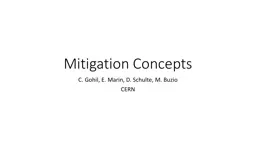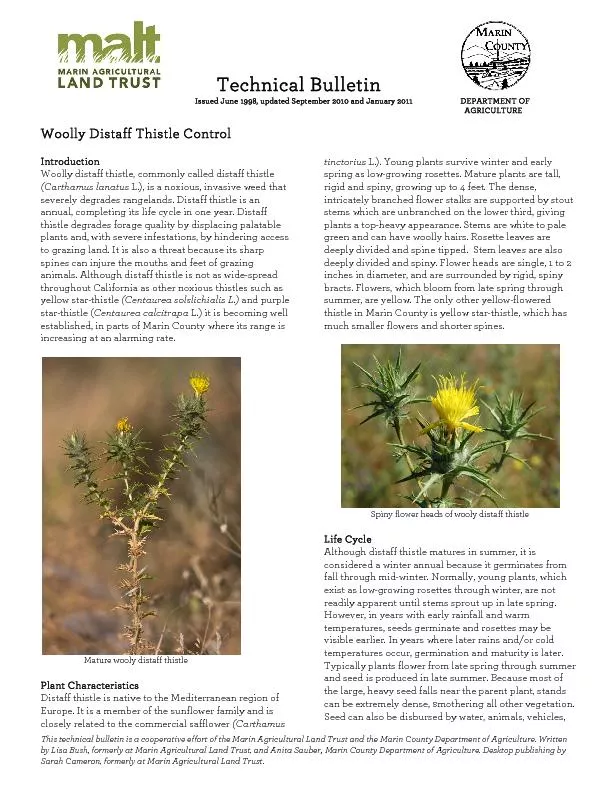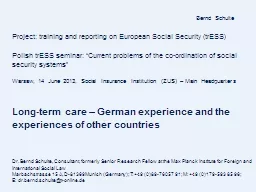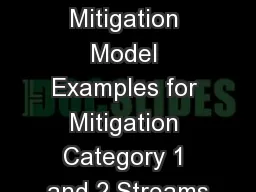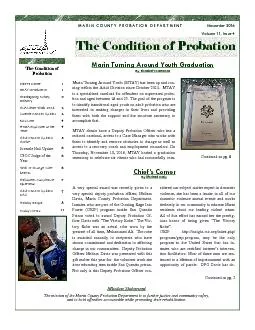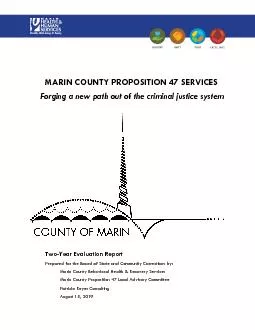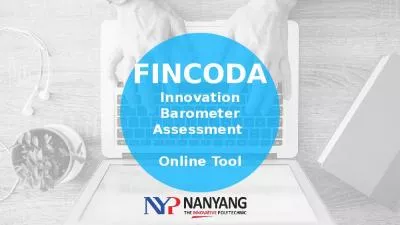PPT-Mitigation Concepts C. Gohil, E. Marin, D. Schulte, M.
Author : nonhurmer | Published Date : 2020-08-28
Buzio CERN Contents Recap CLIC Sensitivity Sources of Stray Fields Passive Mitigation Mechanisms Materials 05102017 Mitigation Concepts 2 Active Mitigation Stray
Presentation Embed Code
Download Presentation
Download Presentation The PPT/PDF document "Mitigation Concepts C. Gohil, E. Marin, ..." is the property of its rightful owner. Permission is granted to download and print the materials on this website for personal, non-commercial use only, and to display it on your personal computer provided you do not modify the materials and that you retain all copyright notices contained in the materials. By downloading content from our website, you accept the terms of this agreement.
Mitigation Concepts C. Gohil, E. Marin, D. Schulte, M.: Transcript
Download Rules Of Document
"Mitigation Concepts C. Gohil, E. Marin, D. Schulte, M."The content belongs to its owner. You may download and print it for personal use, without modification, and keep all copyright notices. By downloading, you agree to these terms.
Related Documents

